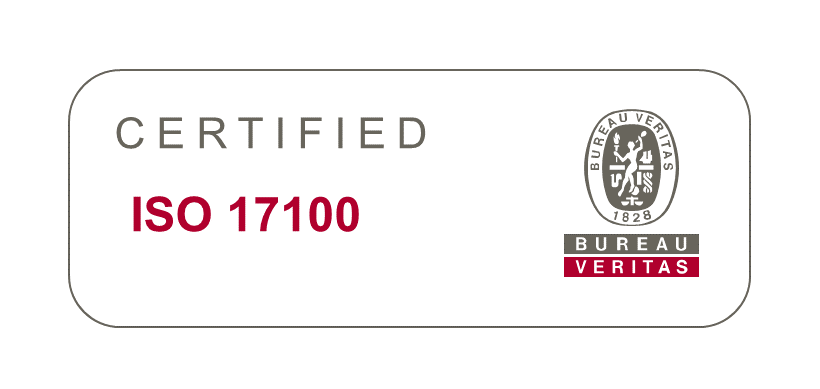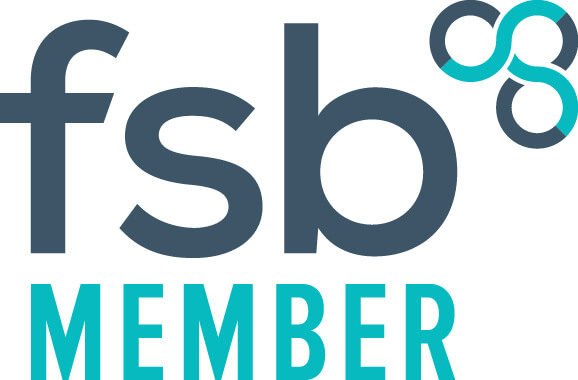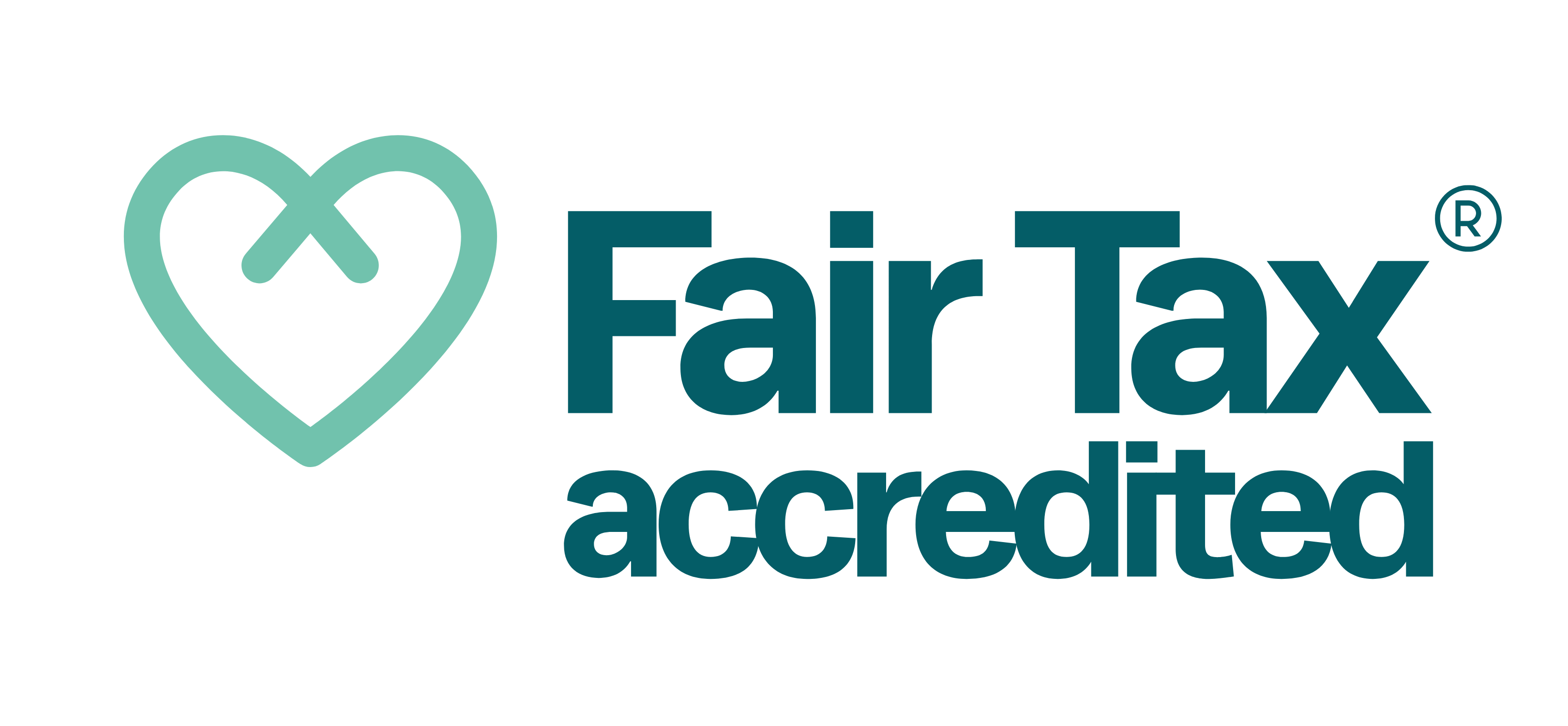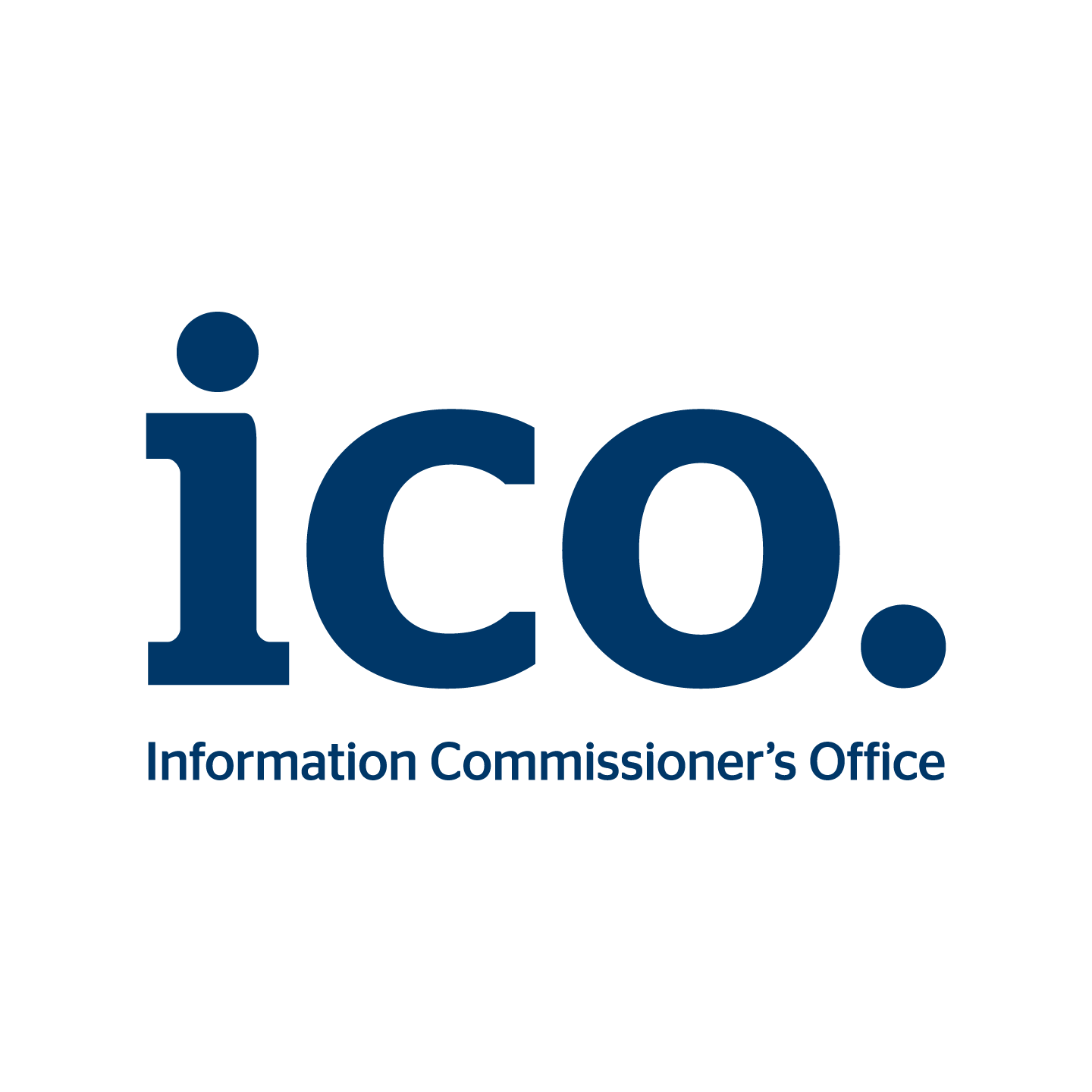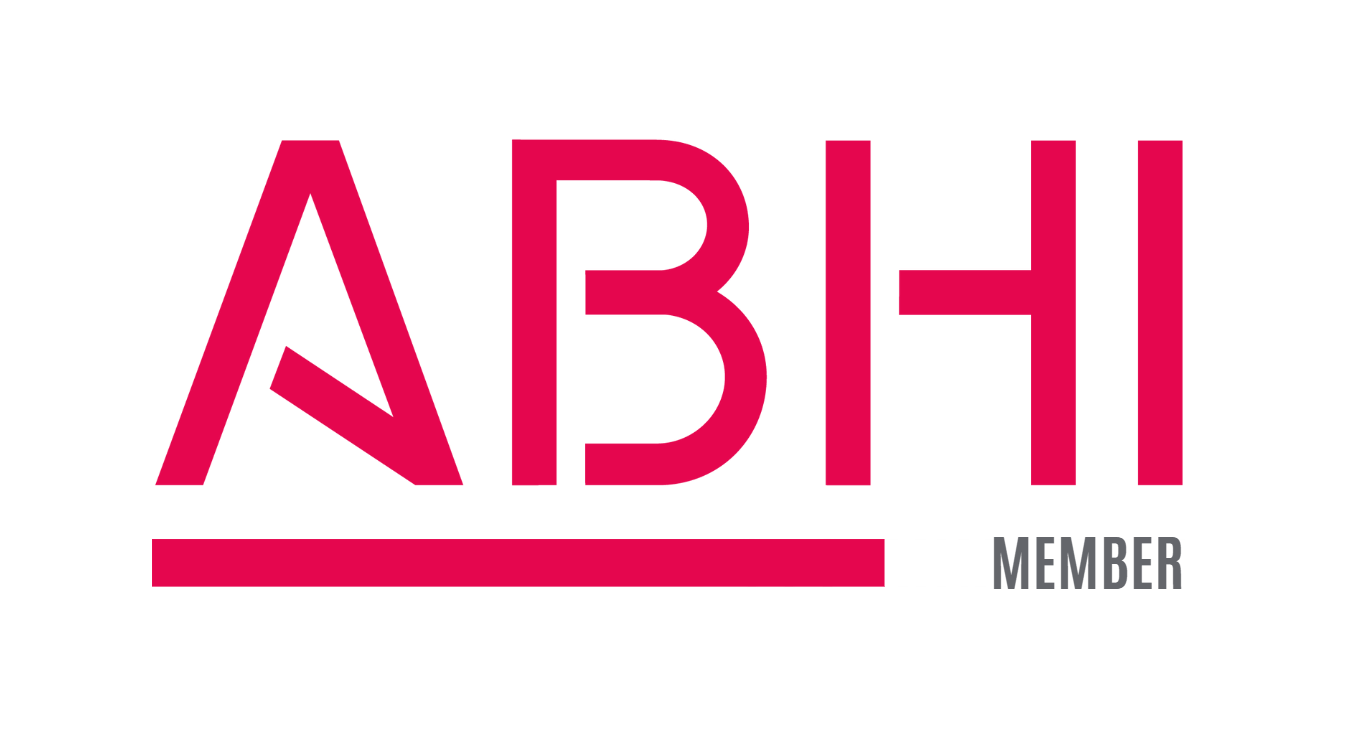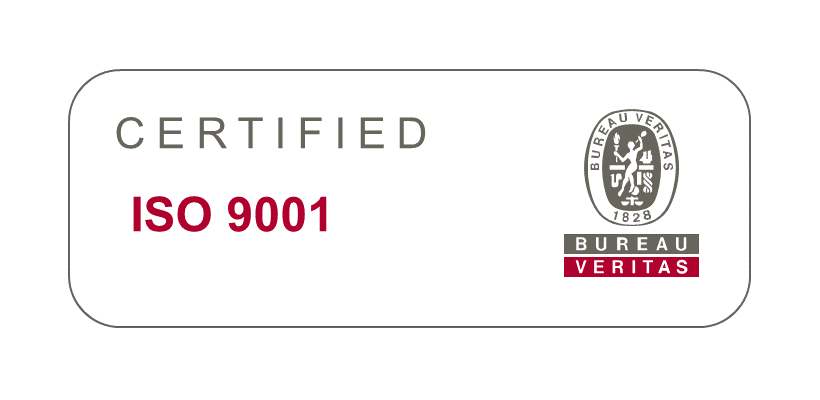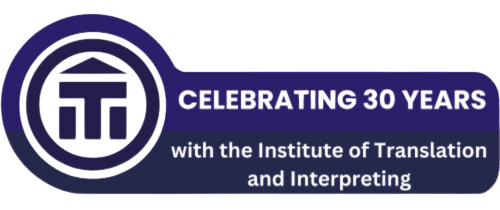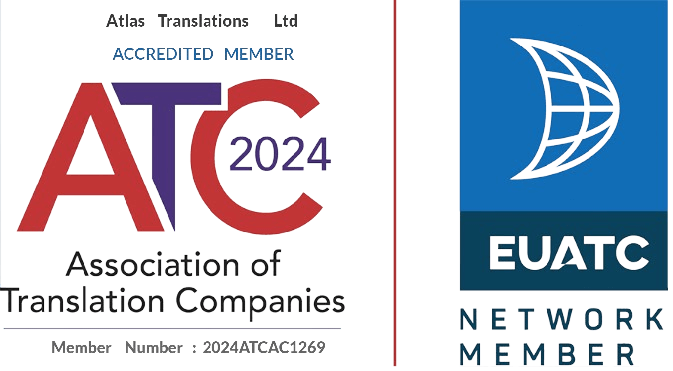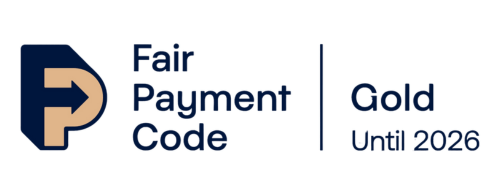Dying Languages
In today’s internationally connected world, a chief concern for many language enthusiasts is the extinction of certain languages and dialects. In 2005, Ethnologue: Languages of the World listed 6,909 living languages in the world, of which 473 (6.8%) were categorised as ‘nearly extinct’ or dying languages. Another ominous estimation is that roughly half of the world’s languages have less than 3,000 speakers, and it is predicted that many of these languages will become extinct in the next 50 to 100 years.
The world is a much smaller place than it used to be, and the diversity of different languages has been damaged by the greater necessity to communicate on a global scale. According to statistics from a 2007 census carried out by Nationalencyklopedin, just 7 different languages account for the mother tongue of 40.29% of the world’s population.
However, the decline of many indigenous languages goes further back than the recent surge in international communication. Indeed, using the Cornish language (Kernowek or Kernewek) as a case in point, the lack of a distinctive Cornish alphabet, the loss of records during the English Civil War, the lack of a Cornish bible, and in-migration to Cornwall are just some of the reasons for the decline of the language cited by William Scawen, who wrote his essay on this subject as early on as 1680.
It is clearly evident therefore that this is no new concern, but should we really worry about languages falling into extinction? After all, shouldn’t their demise be seen as a clear indication of their own redundancy in today’s society? And why do people care so much about the preservation of dying languages? Indeed, for Cornish alone there are over 40 organisations which promote the use of a language which today only has around 3,500 native speakers.
One reason why people are so keen on saving these dying languages lies in the intrinsic link language has with cultural identity. Cast your eye to the United States of America, where many citizens share a fairly high level of patriotism and pride in their nation’s history. However, many of these people when asked about their cultural background or ethnicity, would not simply describe themselves as American, rather as Italian-American or African-American or Irish-American, for example. People feel very strongly about their personal history and care about their ‘roots’. Thus the need to preserve the language and culture of one’s forebears is of paramount importance for people who yearn for a distinctive cultural identity in our multi-cultural society.
Preserving languages also helps to maintain a historical link with the past. Languages naturally evolve over time, but understanding dying languages that were once popular provides historians with a window into the past. Take the Cromarty fisher folk dialect from the Scottish Highlands, who’s last native speaker died in 2012. Researchers have compiled a book of phrases and dialect words, and made audio recordings to preserve this unique form of communication used by fishing families of the community since the 16th century. Though now extinct, the language will, at least for the time being, be preserved for future generations to access.
Attempts are now being made to preserve some endangered languages, and measures have been put in place to reverse the current trend of such languages heading toward extinction. In their respective areas of the UK, the Welsh (Cymraeg or y Gymraeg) and Cornish languages have been introduced to schools, with parents being encouraged to speak the languages at home. In both Wales and Cornwall, bilingual road signs have been erected, dedicated television channels have been launched broadcasting exclusively in Welsh and Cornish, and local businesses are being urged to use the languages more prevalently. A more modern example of an effort to revitalise a language is being made by the Jerriais Office, who are campaigning to launch a Jerriais (the endangered native language of Jersey) language version of Facebook. They are currently working on translations for the site, but are apparently experiencing difficulties, with words like ‘status’ proving tough to translate.
Whilst revival efforts have enjoyed moderate success with Cornish, which was removed from the UN’s extinct languages list in 2010 and enjoyed a rise in the number of speakers (600 in 2003 to 3,500 in 2008), the Welsh language has continued to experience a decline. The number of Welsh speakers which was 582,000 in 2001 has now fallen to 562,000 in 2012, and 2011 census figures suggest that Welsh is now a minority language in two of the language’s strongholds, Carmarthenshire and Ceredigion. A conference of Welsh speaking communities is currently gathered to discuss how to sustain and rejuvenate the language.
One of the most remarkable language revivals is that of the Siblo gomero, a whistling language from La Gomera in the Canary Islands. Before the island was settled by Europeans, islanders communicated over large distances by whistling across deep valleys, which carried the sounds for up to two miles. The European settlers adopted these communication methods and by the 1940s and 50s the whistling language was used commonly to warn each of the arrival of the Guardia Civil. Today, after a period of decline, the siblo is taught in schools on the island and is enjoying a resurgence in popularity. To hear a recording of the Siblo gomero in practice, click on the link below:
http://www.youtube.com/watch?v=qlZh9I1pxj0
Whether we like it or not the world around us is constantly changing and with it, cultures and languages will rise and fall. Many languages are dying. Many more still have already died out. The fight to preserve some of these dying languages is valiantly continuing, and although in some cases noticeable progress has been made, the task of reviving a dying language is thankless. However to those who consider dying languages to be ominously doomed to extinction, some hope can be found by again looking at the Cornish language – its demise first predicted in 1680, and yet over 300 years later, it is still here.
Are you a speaker of a dying language, or are you involved with a campaign to save one? We would love to hear from you about your experiences!

